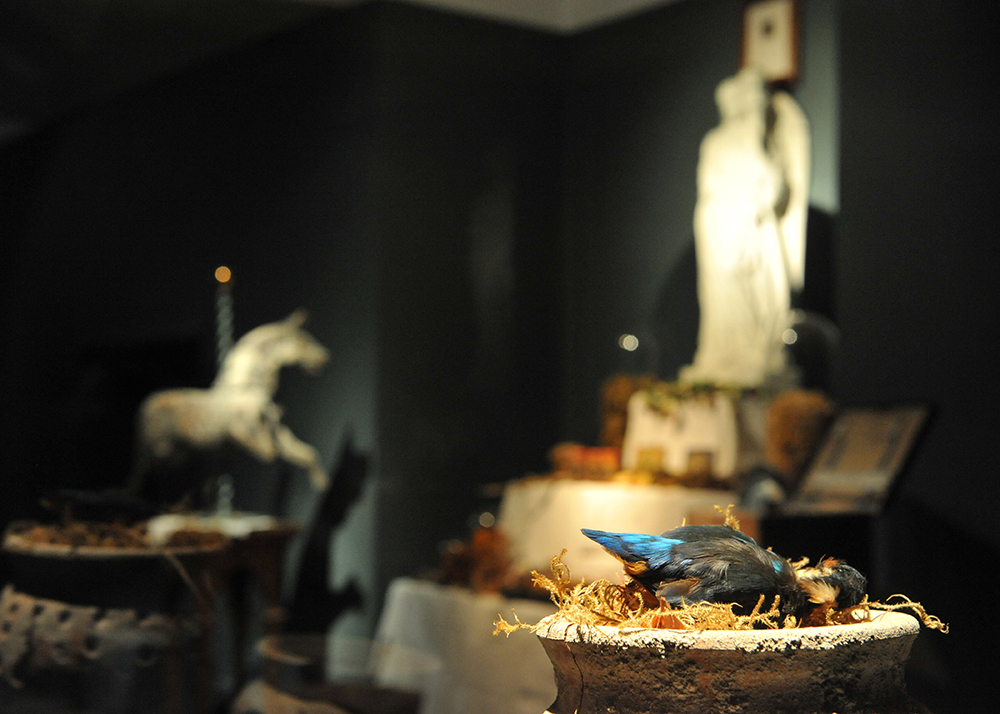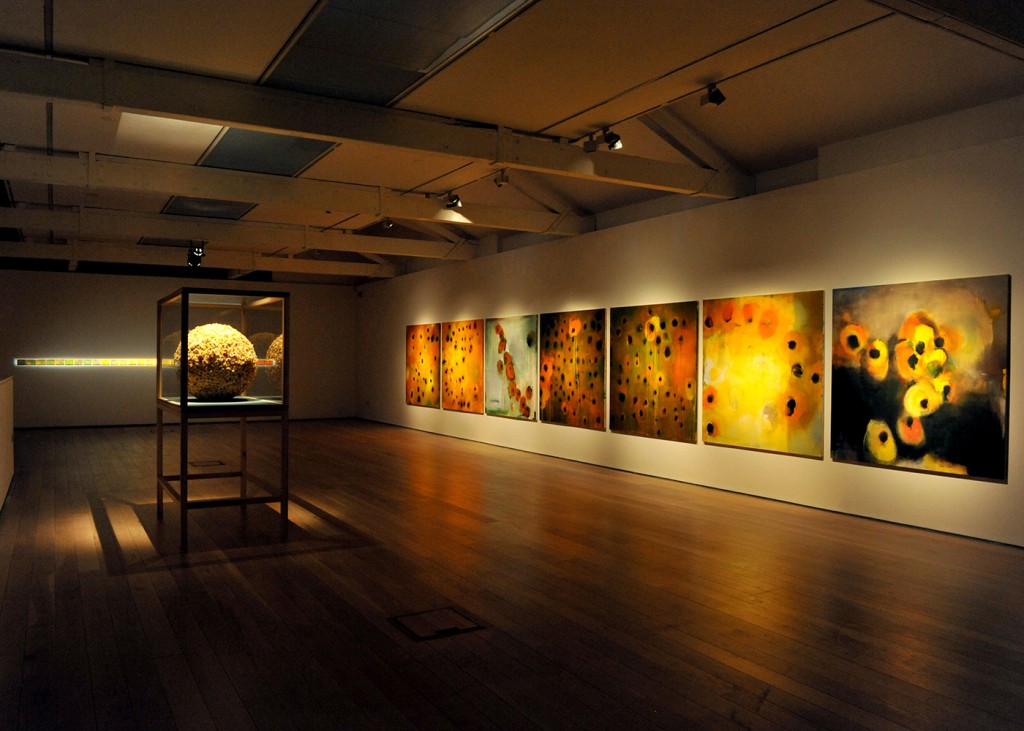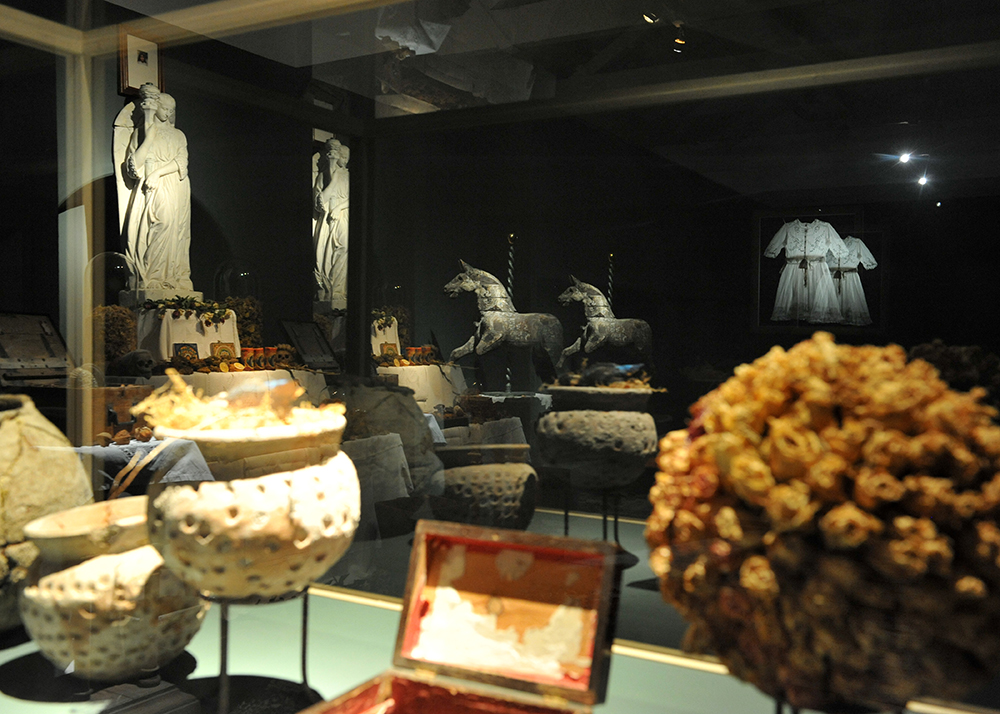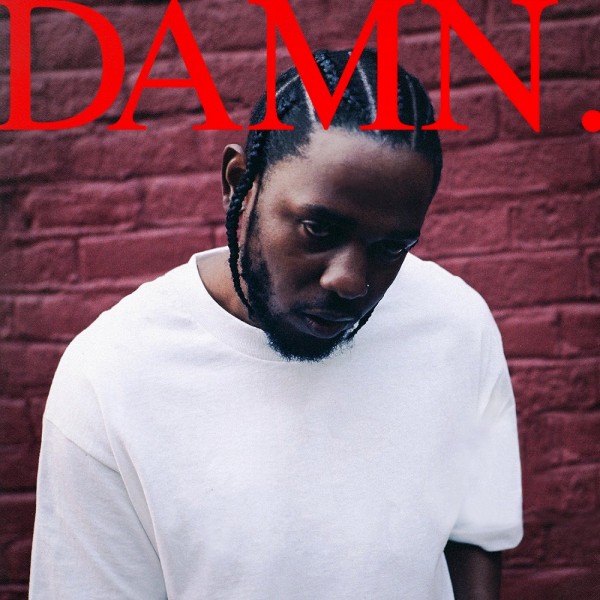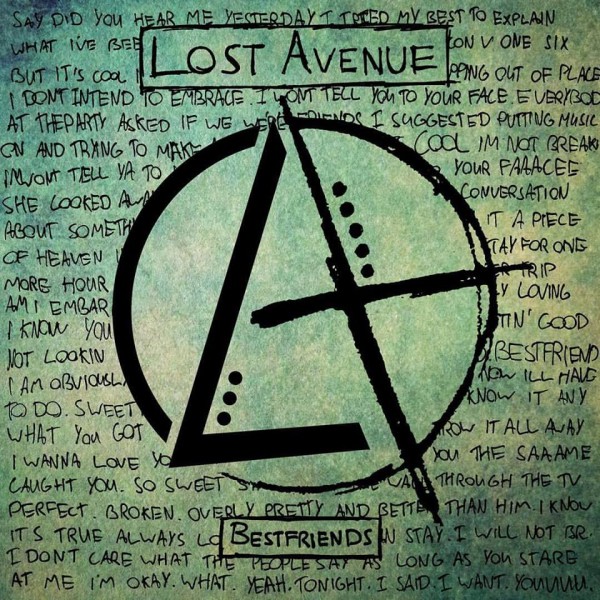Cléa van der Grijn – Reconstructing Memory
(Image Courtesy of Heike Thiele)
Ahead of the opening of Clea van der Grijn’s Reconstructing Memory in Limerick City Gallery of Arts on April 27th, Rebecca Kennedy speaks with artist on voyeurism, love letters, self-censorship and the intersection between life as an artist and motherhood.
Who is your favorite artist and what facet of their practice do you find fascinating?
Sophie Calle. I think she’s a very interesting person. It’s like her life is recorded in snippets of film. I think I live vicariously through her work. I love that she spies so un-intrusively and documents the underbelly of people.
“Every object that I collect when I travel will eventually become part of my art.”
Reconstructing Memory was the result of a residency in the heart of a Mexican jungle. Travel seems to be an integral part of your research, how crucial is it to your practice?
The older I get the less crucial it becomes. For me, traveling was a way of escaping from what was here, in Ireland. I’ve only begun to realize that now. I used the tool of being away to be objective about what was happening in my life here. I also use travel to collect objects of relevance to my practice. Like the bones that are exhibited in Reconstructing Memory, I picked those up in the Sami desert in the 1990’s. My house is full of objects that are relevant but I don’t know why when I come across them. Slowly, these objects will start unfolding in the correct context depending on what my narrative is at the time. Every object that I collect when I travel will eventually become part of my art.
Websites like Brain Pickings offer readers tidbits of famous artists’ lives and schedules. For example, “Mozart only composed between the hours of 11pm and 1am.” Do you have any studio rituals?
Yes, I love being able to have a sleep on my studio floor. I roll out my yoga matt and get a duvet and sleep for a couple of hours. I hate leaving my studio as I might not get back, so if I’m really tired I will have a sleep! Also, I get the most amazing music selected for me by friends and I can’t listen to it. It interferes with my brain; it’s too distracting. I can only work in silence or have radio 1 on in the background. And I have to do 3 things at the same time: Admin, painting, writing letters. My head is so full of things I need to do that I have to do them all at once. I find that wearing a hat helps; it keeps all the thoughts from spilling out of my brain! Another ritual is that I always change my clothes when I get to my studio. It has nothing to do with keeping them clean; it’s like wrapping yourself in an old blanket. It’s a comfort thing. I wear the same Apron I’ve had for 30 years!
“I find that wearing a hat helps; it keeps all the thoughts from spilling out of my brain!”
With the advent of social media, sharing details of our lives has become second nature; it can be difficult to know where to draw the line. What are your thoughts on self-censorship vs. self-expression in art?
I have lots of thoughts on this. I really admire artists who don’t self-censor and demonstrate self-expression to the point of being risky. It’s interesting; because Ireland is so small we don’t really have that space for people to separate the artist from the art. It’s really difficult because when I’m doing something it can often feel like I am exposing myself too much. Because everyone in Ireland would know it was me that produced it. Whereas, if I was to bring my work to South America, people wouldn’t know who I am so they may be able to relate to it more. I’ve learnt to edit as I’ve gotten older, just to protect myself but still retain the same message. It’s funny, if I thought the people who were going to view my work were strangers, I would be braver.
Cléa van der Grijn – Reconstructing Memory
(Image Courtesy of Heike Thiele)
Irish society once viewed modesty as our most coveted virtue. Arrogance was seen as an almost villainous quality. Do you think that there’s a fringe of Irish society that views any type of artistic output as self- indulgent Narcissism?
Absolutely. In a way, it is a form of narcissism. Not in a sense of the real, diagnostic sense of the word but being an artist can come across as quite a selfish pursuit. In making art, you have to look inward and it can come across as a bit ‘me, me, me.’ It’s a bit like Tracey Emin. She’s a very good artist but the media got caught up in the fact that she was exposing herself and she was deemed a narcissist. I did quite a few shows that I wouldn’t do now. I had love letters that I exchanged with my ex-husband, Paddy Jolley– a filmmaker/photographer. These love letters had travelled between Ireland and New York & they were quite raw. I hand wrote them all out on big sheets of paper in a continuous line for the show. I don’t think I would be able to do that now, to expose so much but I do think that all art is the result of something personal.
I’m quite conflicted on what role narcissism plays in Art. I also believe that words, labels are perceived differently if worn by a man rather than a woman. Somebody once said to me, ‘Clea, you shouldn’t hug people and be so demonstrative. No one will take you seriously as an artist.’ Seriously, they meant it. Have I to be somber to be an artist?
“I’ve learnt to edit as I’ve gotten older, just to protect myself but still retain the same message.”
Do you impose any rules on yourself when it comes to your artistic practice?
My rules are: Always finish something you start. Even if it’s awful, always finish it because something may come of it. I also do not allow my children or family into my studio. They come in and say ‘hello’ but I don’t allow them to come in and sit around and draw. No, it’s not a casual space. It’s my space. I treat my practice like a job. My biggest rule is to retain the discipline to compartmentalise my work-life from my home-life because otherwise, it would be too much & my brain would explode.
Cléa van der Grijn – Reconstructing Memory
(Image Courtesy of Heike Thiele)
How would you describe your mindset when you’re making art?
I would describe my mindset when I’m making art as my most calm and happiest mindset. It’s so fulfilling and tranquil; it’s so incredible to be able to achieve that outside of being in love. Time doesn’t matter. When I’m working, I am at absolute peace.
How would you describe your artistic process?
All-encompassing. I’ve had over 20 solo shows and I think that all my exhibitions are records of how I am, physically and emotionally at the time. Living is my research. Reading, cooking, seeing films & traveling; living informs my research. My process is well-timed. I never leave anything to the last minute & if I ever sell anything I invest 10% of the money back into materials. It means that the next time I have a big idea & I can’t afford a big canvas, it will already be there. If there’s a deadline, I will have everything ready a month in advance.
The female artists that I admire have no children. So they are able to put all their time & money into their practice. I find it very important to discipline myself with structure & time because if I don’t, I either let the family or my work go and it’s a mess. I manage my time as best as possible with a young family. Everything has to be quite structured. The kids sometimes tell me that I’m horrible because I’m just not listening or I’m cooking locusts in the oven and then I make them clean the oven or there are noises coming out of the fridge.
“I think that all my exhibitions are records of how I am, physically and emotionally at the time. Living is my research.”
When I lived in Dublin, my oldest child used to tell me ‘Mum, please don’t collect me in your work clothes. People don’t understand.’ So, when I refer to discipline, I mean taking the time to take my practice seriously so it doesn’t spill into the other compartments of my life. Balancing my practice and my family has always been the hardest thing for me as I love and need them both dearly.
Do you ever feel any guilt at devoting so much of your time to your practice?
Guilt! Guilt is a constant. It’s such an indulgent thing to be an artist when you have children. Say if you haven’t sold anything in a while. Maybe you have an arts council grant that has to do you for the whole year or you’re on welfare. You can’t have a full-time job because you are an artist and your job is your practice. So all of a sudden you’ve decided that you aren’t going to be earning a salary. What right have you go to save up a bit of money and drag your kids off to a residency on the other side of a world when they could be living in a nicer apartment? When children are very young they don’t know the difference but as they get older they start to notice things.
My son once said to me once. ‘I’ve never been on a horse. I’ve only ever been on a camel.’ I thought that was cool but it wasn’t. He felt like he never got to do the things that other children do. I do feel guilty. Little people don’t understand the need to do your work, that’s where the selfishness comes in. When you are sitting in the middle of the jungle and your child has dengue fever because he been bitten by a mosquito and you have RTE there with a camera crew and the rain is coming down and the kids are crying because they have to do Irish homework and you have to say, ‘Hold on a sec, I have to go out with the camera crew.’
When you come back you can romanticise it but at the time it’s very hard. My father was an artist and he didn’t share his life with us. That’s why it’s so important that I take my children on this journey with me. I’m making them part of it. It’s a balancing game. When I have money, we do the most amazing things. We travel, we go to the cinema at 10am and we don’t leave till our eyes are dry! I take them to nice restaurants and events. It’s part of their life and it’s lovely to be able to share it with them.
Are you working on anything upcoming?
I plan to continue the process of working in an experiential fashion. Using many disciplines for self-expression suits the way I feel at the moment. I love the idea of utilising music, film, sounds, painting, collecting and making. I started working on Reconstructing Memory in 2014 and now I am writing a narrative. It may become a film script, a novel or an experiential installation. I’m not sure what direction it will go. It may just be the beginning of a new series of paintings .The narrative is based on how reconstructing memory comes into play – you have to wonder if all memory is true or false? Recollection, dreams, thoughts and moments are chaotic because we don’t think in a coherent, linear way. The narrative is an assembly of all these components. That’s what I’m working on. It’s very exciting.

